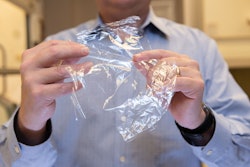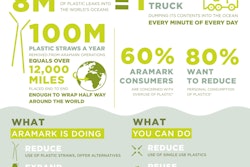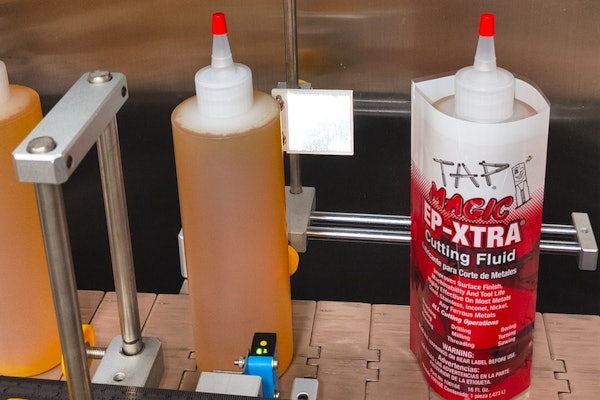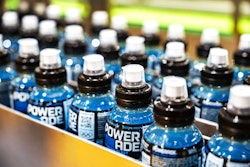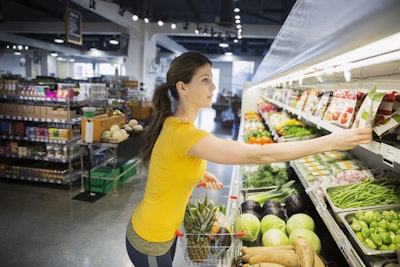
Clean food has been making its way onto menus for more than a decade, and as more and more consumers demand transparency around what they’re eating, some are beginning to look more critically at the safety of the packaging their food comes in. While individual chemicals have come under scrutiny, neither consumers nor the packaging industry have called for or developed a holistic approach to packaging designed to satisfy this new appetite for transparency. Professional networks like the Institute of Packaging Professionals (IoPP) have published documents to provide guidance in this space, however, no one standard or approach has been endorsed universally within the industry. Therefore, the responsibility will rest upon individual companies to address this emerging topic.
In the past, consumers relied on regulatory compliance to safeguard them from potentially harmful substances coming into contact with their food. But in today’s hyper-aware world, consumers are not only informed enough to raise questions about specific ingredients and chemicals, but they are also empowered via social media to drive real-world change. For example, Bisphenol A (BPA)—an industrial chemical used to make certain plastics and resins— has been linked by some groups to a variety of possible health problems, including cancer, obesity, and heart disease, and certain studies have shown it can seep into food or beverages. This ultimately led to the chemical being banned in multiple countries, and despite the U.S. Food & Drug Administration declaring it safe, many U.S. consumers have actively denounced it and avoid products that contain it. Other ingredients are coming under increasing scrutiny too, such as perfluorinated compounds (PFCs), which are used in at least one-third of fast food packaging materials as a grease barrier.
A recent consumer survey by HAVI showed that 30% of respondents have heard the term “clean packaging,” about two-thirds view clean packaging as at least “very” important, and 70% see it as equally or more important than clean food. These findings show that while clean packaging is not yet at the forefront of consumers’ minds, the underlying sentiment is important, and once triggered, momentum among consumers will build quickly. Without a strategic, fact-based approach to the matter, an uninformed frenzy could potentially ensue resulting in misinformation and public panic, which could be detrimental to the brands that depend upon these packages. Therefore, it is time for companies to leverage clean packaging to build consumer trust and position themselves as proactive advocates.
The first step for a brand to approach clean packaging is to define what it means to them. While consumers attribute a number of characteristics to clean packaging, such as “compliant to regulations” or “made from natural materials,” the message that resonates the most is “free from chemicals.” Because chemicals cannot be eliminated from the packaging equation, it becomes essential that the chemicals intentionally used be identified and understood for their potential toxicity. Therefore clean packaging requires at a minimum that a food company:


